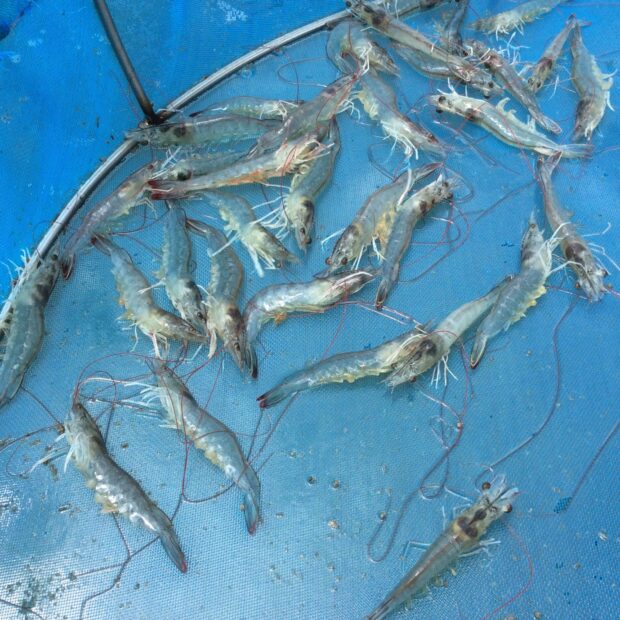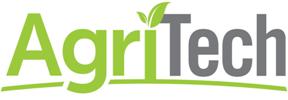Picture the scene. It’s 2050 and there are 2 billion more people walking the planet than in 2015. In line with predicted need for food, global production has been upped and sectors such as aquaculture have expanded and intensified to supply about 75% of all aquatic protein consumed. Consumption in parts of Asia is around 50% higher than at present and the region has become a net importer of food in order to supply its 500m more middle class consumers with an increasingly ‘westernised’ diet of meat, fish and dairy products. Shrimp and tilapia have become the new chicken as a burgeoning health conscious population want to live longer and, ensure that they abide with health authority guidelines to ‘eat more fish’.

Given such scenario projections from the likes of the FAO, our increasing reliance on aquaculture as a source of healthy protein is perhaps a given. What is much less certain is our ability to control the supply chain in a wholly sustainable manner. One major hurdle relates to the significant and real threat to yield posed by disease. In recent decades, diseases have emerged in aquaculture at a rate which far outstrips that observed in terrestrial systems. These diseases, often but not always, viral in origin, have emerged without warning, have establish efficiently and have spread rapidly. Trade in live animals and to an extent, commodity, has encouraged the trans global nature of spread meaning that localised outbreaks become pandemic in short time scales. High profile disease such as that caused by White Spot Syndrome Virus (WSSV) in shrimp, have continued to erode yield, profit and nutritional security since emergence in the early 1990’s (estimated cumulative losses exceed $15bn). In addition to interruptions in global food supply, hardest hit are those rural communities that rely significantly on such industries and the finance that they generate.
Future projections for aquaculture continue to rely heavily on expansion in production from Low Income Food Deficit Countries (LIFDCs). Here veterinary and diagnostic infrastructures are not as replete as in developed regions such as the EU. In the EU, a funded union-level and national-level reference laboratory system is focused on protection of farms from disease incursion, national surveillance programmes and, rapid eradication of pathogens upon detection. In other regions, including within Asia (where 90% of current aquaculture production is based), a similar ‘centralised’ laboratory network does not exist. Although there are numerous excellent research centres in the region, harmonisation of approaches to biosecurity and in particular, in rapid response to disease detection and eradication, has not always been consistently achieved at the regional level, leading to numerous cases of regional spread of important yield-limiting diseases.
Although centralised laboratory systems are arguably an efficient way of rapidly responding to emergencies, recent collaborative workshops between the UK and Asian aquatic animal health specialists have proposed alternative approaches1. Emergent molecular diagnostic technologies, operated by relatively untrained staff and linked with smartphone reporting, have the potential to decentralise diagnostics whilst centralising resultant data. Decentralised diagnostics, applied at the ‘pond side’ has the potential to directly assist the farmer with rapid management of infection and disease. Farmers sending data to national (and even regional) databases can create a powerful diagnostic network with the potential to localise disease and to contain its further spread.

Decentralised diagnostics combined with technology-driven field reporting has the ability to bridge the significant knowledge gap between farmers, scientists, aquatic health professionals and policy makers. The farmer is important here, with potential for driving a grass-roots cultural shift in facilitation of surveillance and disease management. In the poorest production regions, a focus on mitigating outbreaks (rather than on demonstrating freedom) will assist in reducing the stigma of reporting yield-limiting conditions. Completion of the crop cycle will become a central measure of environmental sustainability (i.e. by not wasting all resources expended up to the point of outbreak). Improved understanding of pond health will better inform intervention strategies (e.g. antibiotics, probiotics), both with benefits to personal and product safety and, to farmer/supply chain profit.
So, think forward again. In a world where farmers recognise disease as a barrier on profit, where they can access the information required to make stop-go decisions on the farming of their own stock, sustainable production at the farm level is possible. A scaleable recognition of this fact across the major aquaculture production regions has the potential to change the way in which disease is managed and can lead to a sustainable supply chain from this sector to 2050.
Reference 1: Report of the UK Science and Innovation,Network (SIN) Aquaculture mission to Thailand, Bangkok and Kuala Lumpur, Malaysia. March 2014, pp44.

Recent Comments